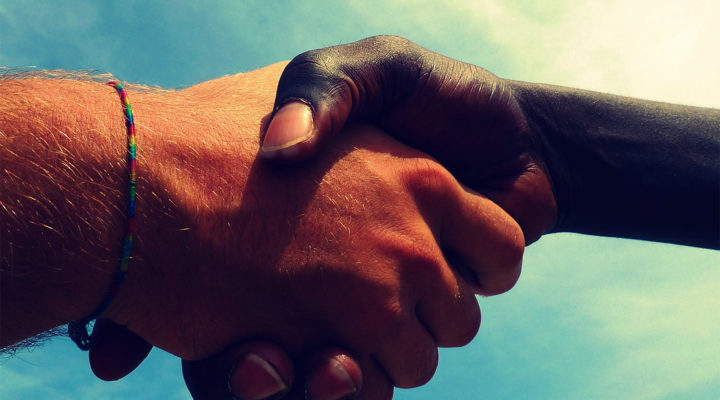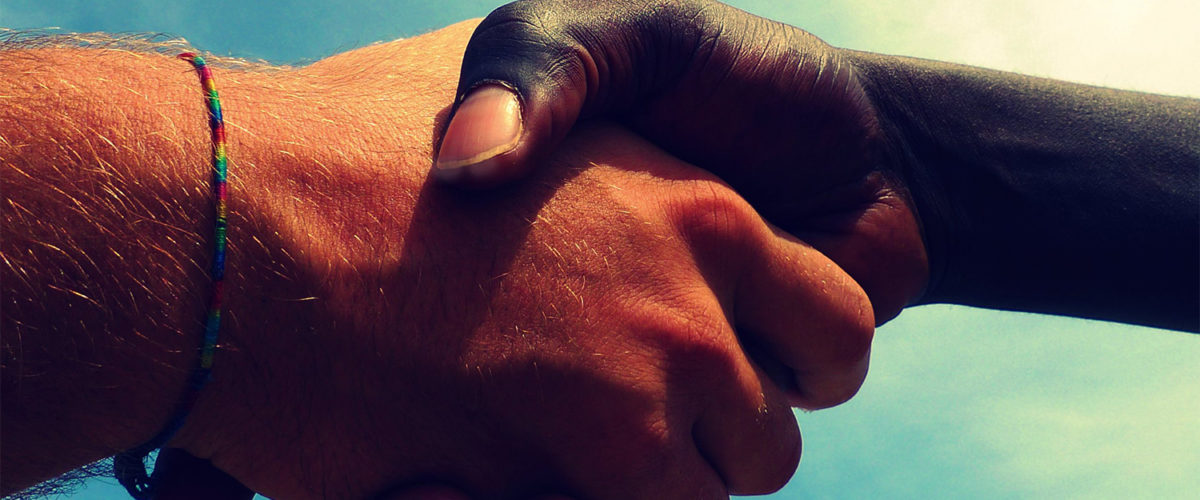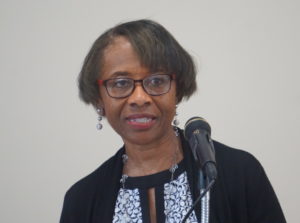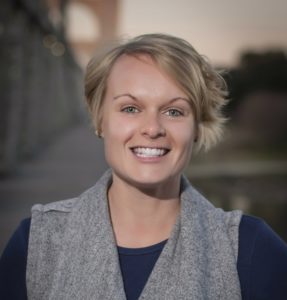Of all the workshops offered at last month’s CBF General Assembly, at least one of them counted on its participants checking their comfort zones at the door.
The leaders of “The Elephant in the Room: Engaging in Dialogue around Race Relations” say they knew attendees of the Friday afternoon session in Greensboro, N.C., would be confronted with attitudes — their own and others’ — that might get them squirming in their seats.
In fact, discomfort is built into any effort at racial discourse, said Patricia Griffen, moderator of CBF Arkansas and co-facilitator of the June 24 workshop.
“It’s not easy,” she said. “There is even disagreement between African-Americans — there is diversity within diversity.”
But it’s not discomfort for discomfort’s sake. Griffen and co-facilitator Megan Pike, the associate coordinator of CBF Arkansas, know from experience that awkward feelings often precede learning and growth. Their workshop reflected that by offering a number of tools and interactive exercises participants can use back in their own churches and communities.
One of their most important lessons was how to establish a safe environment in which participants can discuss difficult issues around race, Griffen said.
Attendees had to know they were welcome and that it was OK to share their views without fear of criticism, Griffen said. That safe zone also lets them know it’s OK to be around people who disagree with each other.
It’s precisely the kind of environment facilitators will need to establish in their congregations in order to discuss matters of race, she said.
It’s necessary “because there still is that polarization around race in America.”
‘There has to be respect’
For starters, participants in the June event were shown a grid and asked to say how many squares, or boxes, they saw in it. The answers were almost as numerous as the number of people in the room, Pike said.
It was presented as a lesson about the role of perception in determining how individuals see things — including race.
“We are all going to see things differently because we have different perspectives,” Pike said. “We are all looking at the same thing but our reactions may differ.”
Using this and similar lessons up front helps establish the environment necessary for a healthy and honest discussion. That means not taking it personally when others offer different answers.
“There has to be respect in the room when we disagree,” she said.
They quickly had a chance to do just that by being asked how they defined race. Answers often vary according to the race, gender and life experience of the respondent.
Pike and Griffen also shared resources churches can use to tackle race issues in their contexts. Those included action steps like learning and self-reflection opportunities and ways to get involved in race-relations efforts on the local level.
“We wanted to send people home with practical things they could do with their churches or organizations or with volunteers,” Pike said.
‘They become uncomfortable’
And it did get dicey at times during the workshop.
“There were issues raised creating discomfort, but we were able to meander through that,” Griffen said.
One of those moments came when participants were asked if they would approach and converse with an African-American at a mixed-race event, such as a business gathering.
“Some said they would be reluctant to do so and when questioned why, they became uncomfortable,” Griffen said.
But it is important to be honest in those moments because that’s how racial barriers are crossed.
Participants also are surprised and unsettled to learn that African-Americans suffer in education, wealth distribution, health disparity, incarceration rates and through violence as a result of racism in America, according to Griffen.
“This is a difficult topic to address, this is an uncomfortable topic to address and this is an emotional topic to address.”




